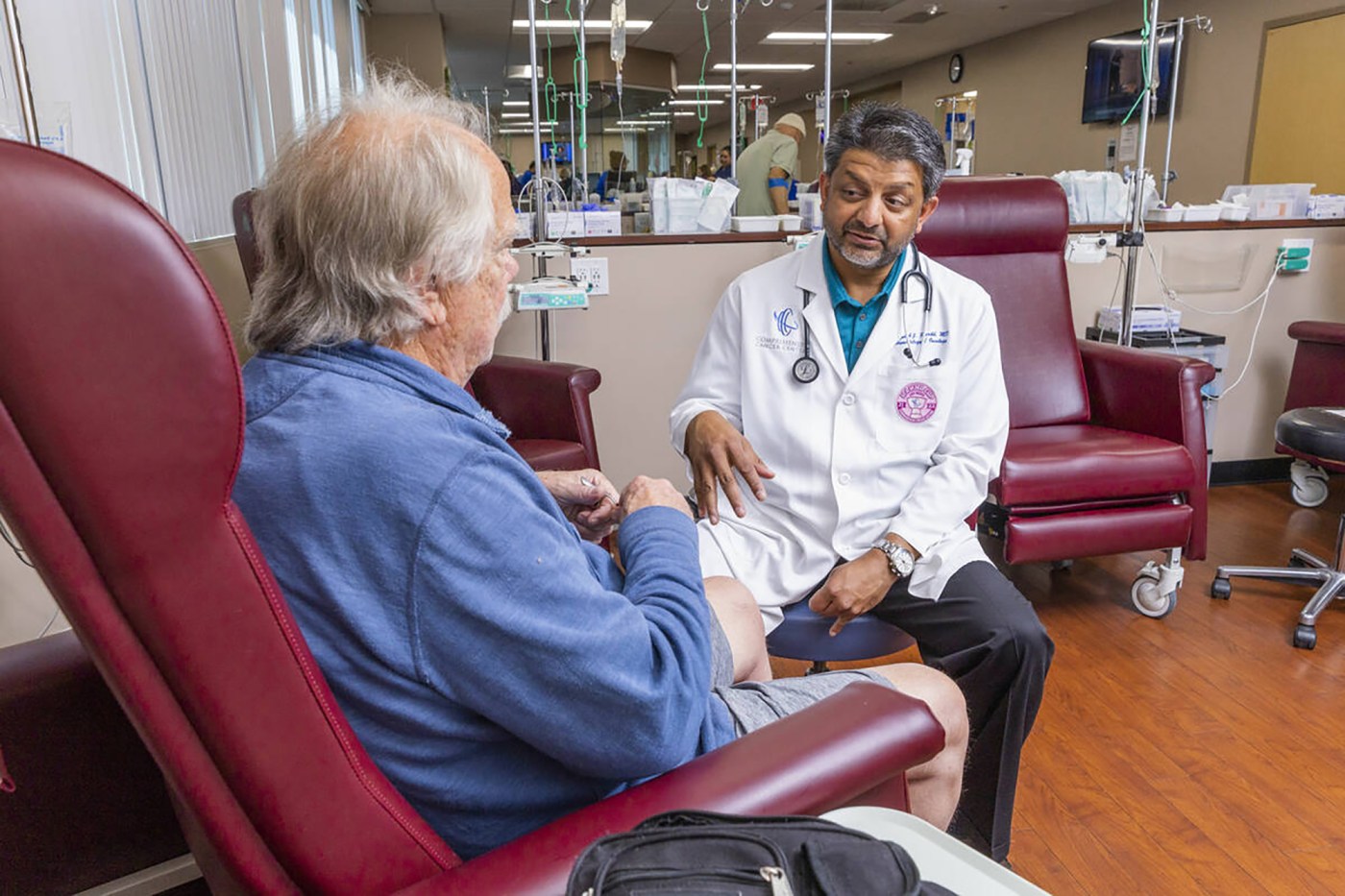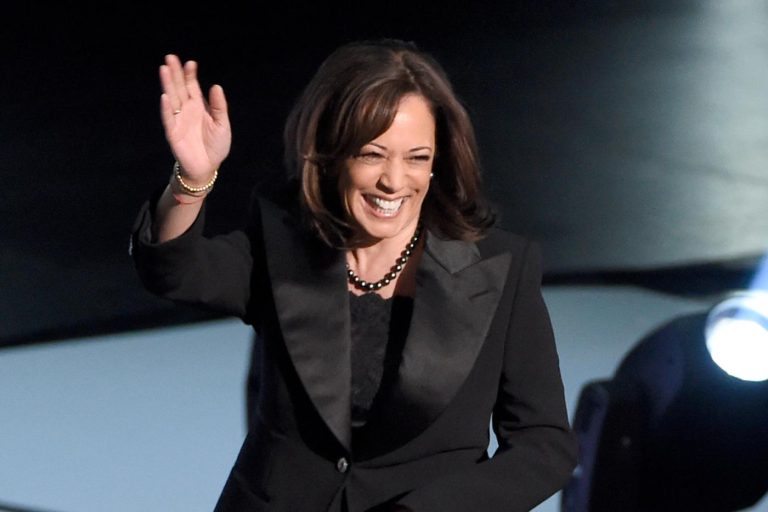Between 2010 and 2020, the number of Americans over the age of 65 grew faster than it has in more than 100 years. The American population is older than it’s ever been, with more than 55 million people over 65.
But those fortunate enough to live well into “late adulthood” also face an unfortunate reality: There are not enough doctors to give them the care they need. There is about one geriatrician for every 10,000 older Americans. And it’s getting worse. The number of board-certified geriatricians has fallen from about 10,000 in 2000 to barely 7,400 in 2022.
This is obviously bad news for the elderly. Just as the human body and brain are fundamentally different in childhood, so too do they differ in old age. Immunological functioning weakens, muscle mass declines, the kidneys become smaller and the body stores water differently. Medication functions differently in both the body and the brain.
But many doctors don’t learn enough about these differences in medical schools, the majority of which don’t report requiring a geriatric rotation. This also means a missed opportunity for future doctors, who might find greater fulfillment and lower burnout in a specialty that centers the kind of mission-based, patient-centered medicine many aspiring doctors value.
It’s also bad news for Americans of all ages, because the geriatric approach to patient care offers clear advantages over the way much corporatized health care is delivered in this country.
What matters most
The central model for geriatric care is called the 4Ms, which stands for medication, mentation, mobility and “what matters most.” Geriatrics also takes into account multicomplexity, which means doctors must know how to prioritize among a mix of competing medical needs. Key to this model is allowing the patient to take the lead in complex treatment decisions where there isn’t one clear better pathway.
For instance, that means that whenever Dr. Timothy Farrell, a geriatrician and associate chief for age-friendly care at the University of Utah medical school, meets with a patient, in addition to asking “What’s the matter with you today?” he always asks, “What matters most to you?” For one person, it may be attending a grandson’s wedding the next year. For another, it may be improving daily mobility. Once those priorities are established, a medical plan follows.
Care for older people requires a degree of complexity that doesn’t exist in primary care aimed at other adults. Geriatricians are trained to handle overprescriptions and multiple chronic conditions. They contend with end-of-life care. And they must do this with patients who are not always cognitively or emotionally able to comply with their treatment.
“It may take 15 minutes to just go through the medication list with a patient,” Farrell said. “To me, geriatrics is very intellectually fulfilling, but for some people, it can be overwhelming.”
Almost since its inception as a board-certified medical specialty in 1988, geriatrics has struggled to meaningfully expand and then failed to fight its decline. The reasons haven’t changed: Old people aren’t glamorous; patients tend to take up more time, and they generally don’t get better. Compound that with lower prestige and set it against a backdrop of general decline in primary care, which is increasingly being shifted over to physician assistants and nurses. In 2022, only 177 geriatric fellowship positions were filled out of 411 offers — the lowest match rate across 71 specialties of medicine.
Happiest of specialties
Still, the biggest hurdle is the relatively low pay. Geriatricians make about $258,000, compared with an average physician salary of $350,000. Primary care doctors who choose to go into geriatrics will make less money after an additional year of training than they would if they’d stuck to primary care. Geriatric patients largely use Medicare, which reimburses geriatricians at a much lower rate than private insurance.
Yet practitioners believe that if more med students knew what geriatric medicine was really like, the right kinds of people would be motivated to enter the field. Certainly, many physicians feel overwhelmed and unhappy these days with their profession. But geriatricians are among the happiest of all specialists, Dr. Cynthia Boyd, the director of the division of geriatric medicine and gerontology at the school of medicine at Johns Hopkins, points out. So much of their work, she explained, is about listening to patients’ stories, spending time with them and their families and understanding what shaped and drives them.
“Those human parts are why so many people go into medicine to begin with,” Boyd told me. “It’s an honor and privilege for me to get to know people in this very personal way and help them navigate a very important and longer chapter than it used to be.”
Related Articles
We tracked California’s lawsuits against Donald Trump. Here’s where the state won — and lost
LGBTQ+ people relive old traumas as they age on their own
Can medical schools funnel more doctors into the primary care pipeline?
With bird flu cases rising, certain kinds of pet food may be risky for animals – and people
San Ramon mixed-use neighborhood creates medical hub to speed housing
Boyd sees geriatrics at the forefront of medicine’s interdisciplinary future, working with caregivers at all levels, from nurses to physician assistants to physical therapists, and bridging the gap between medical treatment and the rest of patients’ lives.
Faced with a persistent shortage of geriatricians, elder health care advocates increasingly see the future of geriatrics in more of a research and advisory capacity than in direct clinical care. The John A. Hartford Foundation, a private foundation dedicated to care for older adults, has moved beyond trying to simply increase the number of geriatricians to embedding geriatric practices across health care systems. Beginning this month, for example, Medicare will require hospitals to include a publicly posted age-friendly hospital measure based on geriatric principles in order to receive their full Medicare payment update.
Despite these positive developments, it’s hard not to see the decline in geriatrics as yet another unfortunate product of a broken health care system, one whose incentives rarely lie in improved patient care, mission-based work or medicine that isn’t greatly profitable.
Listening to geriatricians talk about their work with such commitment, passion and even joy, it’s hard not to be persuaded that all patients deserve the kind of medicine at the heart of geriatric care. Ultimately, the continued drop in geriatricians will hurt us all.
Pamela Paul is a New York Times columnist.












